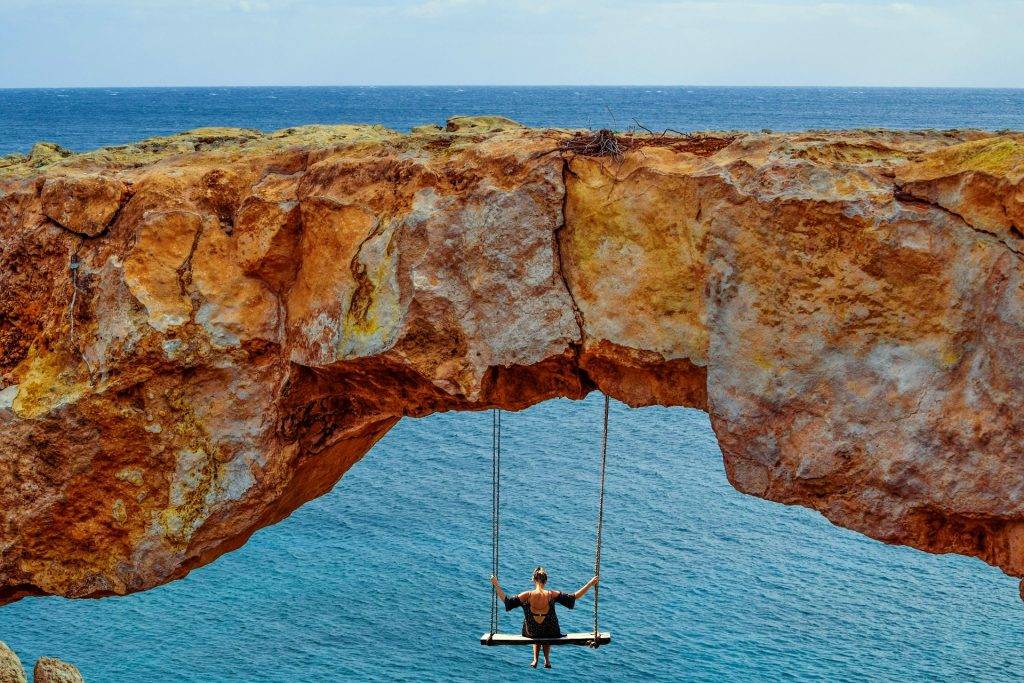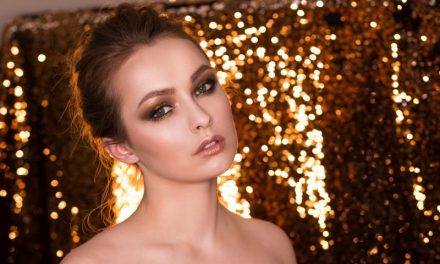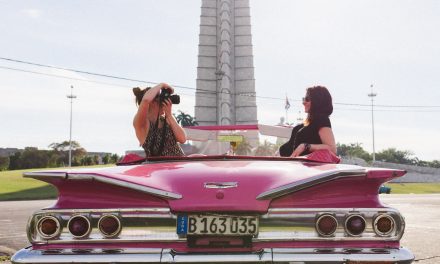Setting up a portrait shoot on location is all about finding somewhere that will compliment both your model and your theme. If you’re shooting swimwear, for example, you’ll probably choose a pool or the beach. If you’re shooting an engagement session, you may want to choose somewhere close to the couple’s heart, or just a local leafy park.
But when the location has a lot of personality and an impressive look, it can soon overwhelm the model. You don’t want that to happen – especially if your model is also your client! Here’s how to keep things in balance and avoid making this mistake.
Choosing a Low-Key Location
There are lots of ways you can choose a more low-key location that will help your model to stand out more. Here’s an example: let’s say that you want an earthy and dramatic feel for your photographs. If you choose a random field in the middle of nowhere with some large rocks for your model to lean or stand on, you can get some great portrait shots. If you choose to shoot at Stonehenge, however, this famous location may well outshine your model!
Try to stay away from locations that are well-known or particularly striking if you want people to focus on your model. A good rule of thumb is that if you say “Wow!” out loud when you see your location, you might have chosen something a little too stunning.
Of course, you still want to choose a location that looks good. If it is boring or flat, it might not help the images to pop in the right way. You also want to be sure that it fits the theme and atmosphere that you want. Your dramatic and earthy shots might lose their appeal, for example, if you shoot them up against a brick wall in a shopping centre.
Finding the balance somewhere in-between is really important for hitting the right note. You may have to learn this through trial and error. You can also see what other photographers have done. Search for images taken in the location you are considering: what do you notice more about them, the models or the place?
Creative Cropping For Better Location Shots
Another thing to think about is the way that you frame your images. Let’s take our example of that rocky field once again. Hopefully, you can picture it in your mind: a model leaning up against a rock that is taller than her, in a grassy field.
There are different ways that you can frame and crop your images in order to produce a different result. If you take a zoom right in to focus on your model’s face, with just the barest piece of rock visible behind her, then you’ve definitely managed to focus on the model. However, the location isn’t being allowed to make any impact at all, which means you may as well have taken it just about anywhere.
Now imagine stepping backwards to capture either a half- or full-body shot of your model leaning up against that rock. If you keep her filling the frame, but with the landscape visible around her, you’re doing a great job at capturing both elements. The model is still the focus of attention, but the landscape is adding that touch of atmosphere.
Zoom right out again, and what could you have? An image of the model against the rock, small in the front of the frame, with a whole field of rocks visible behind her. With the model as a reference for scale, you can see how huge and imposing these rocks are, and what kind of atmosphere they impart to the surrounding area. The only problem is, you’ve changed your subject: now the rocks are the real focal point of your image, and the thing that everyone will be looking at.
To strike the balance right, make sure that your model is the main focus of your frame, but that the landscape can be seen around her. There’s no hard and fast rule for percentages or scale, but you can use your own judgement on this. Remember that your viewers should look at the image and think about how pretty the model is or how gorgeous her outfit is, not how impressive the rocks are – at least on their first look.
Splitting Your Portfolio
If you think that you have some fantastic shots from your photoshoot, but you can see that the landscape seems more important than the model, then you don’t have to discard them completely. They may not be right for the client, but with their permission, you can still use them to create a split in your portfolio.
While portraiture normally takes the model as the main subject, you don’t have to stick to this style forever – and in fact, a photographer who can produce diverse work is likely to be more sought-after. Why not set up a secondary portfolio which showcases your work on models within landscapes? You may find a balance where the model and landscape are both equally important: this would be fantastic, for example, for photographing a famous person in a place that is important to them. You may also go to a more lifestyle or commercial style where the landscape is the main focus and the model only adds drama.
Allow yourself to explore these niches if you find that you are often allowing the location to outshine your model. It might turn out that landscape photography is more your forte after all!
The important thing to remember is that your subject should be the number one focus of your image. If you are shooting a portrait, then that focus should be on the model who is having their portrait taken. If you are a landscape photographer, then the landscape can be the star.




